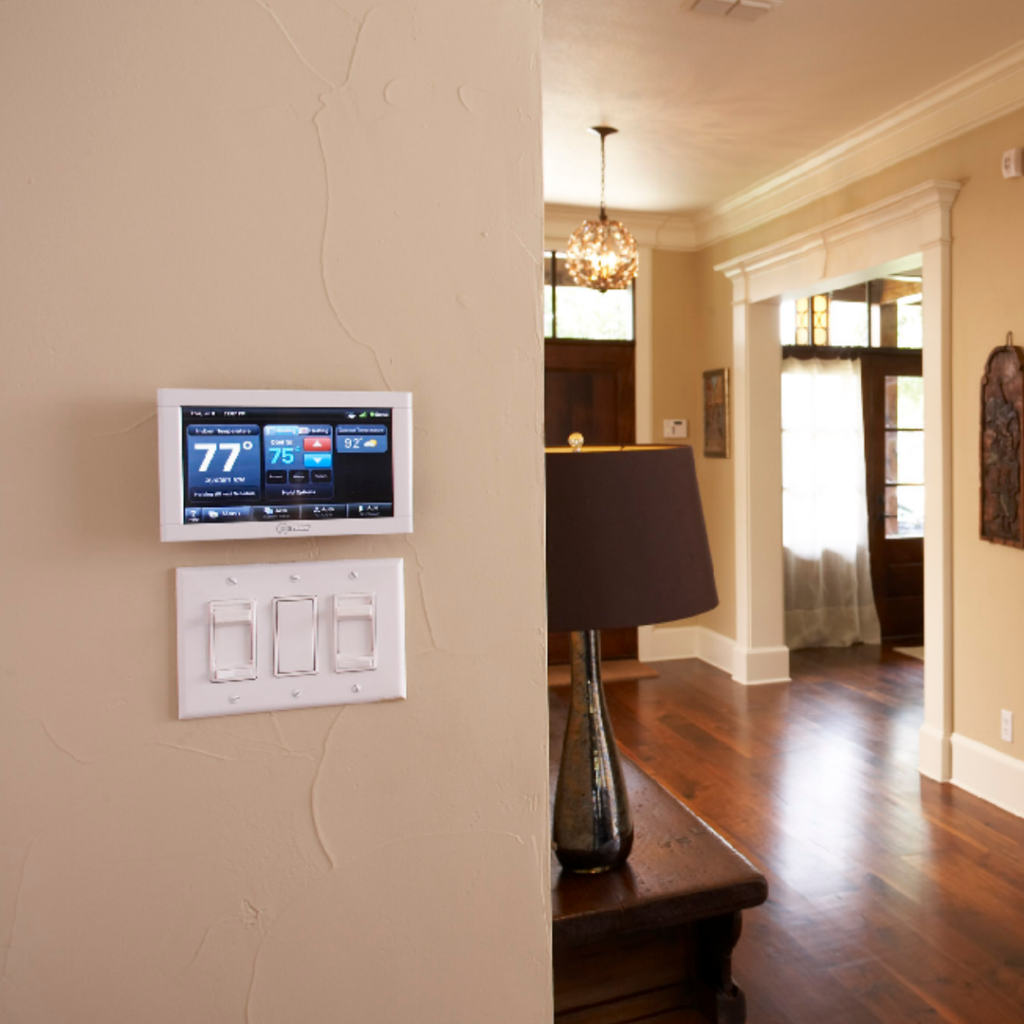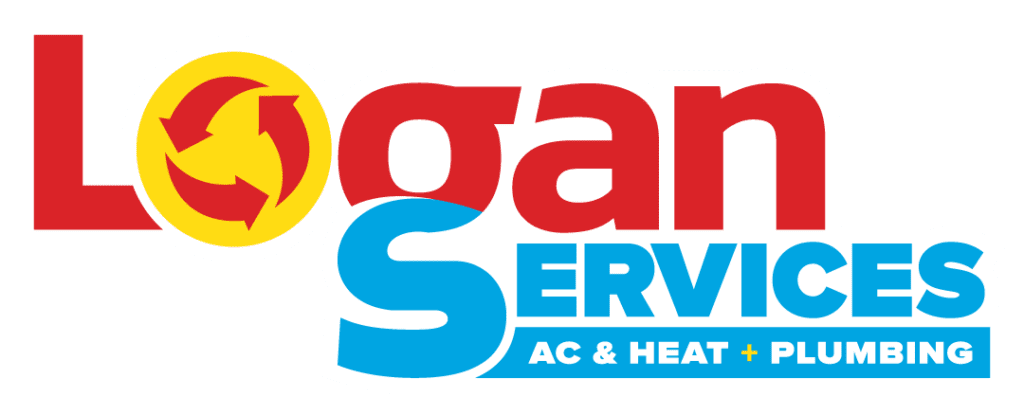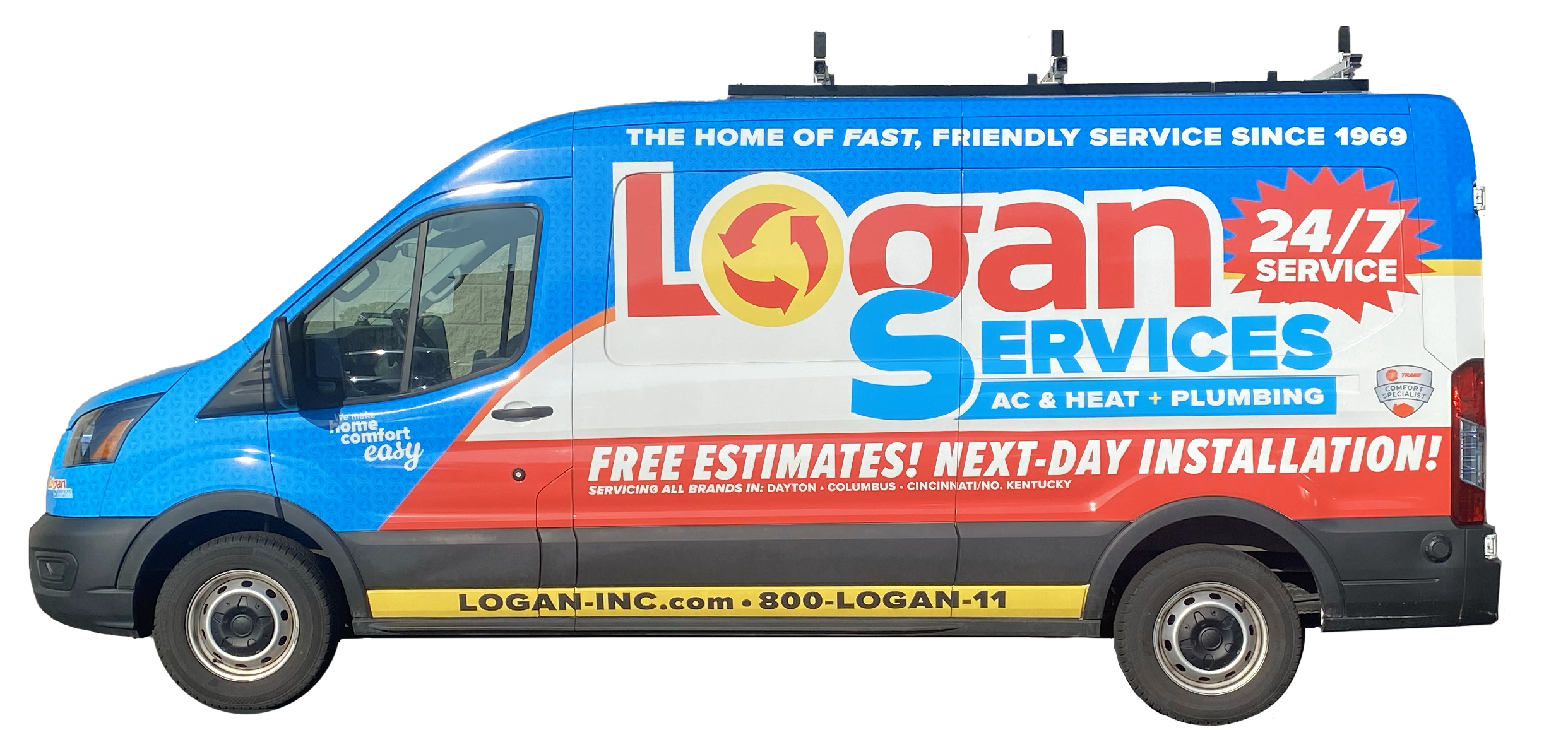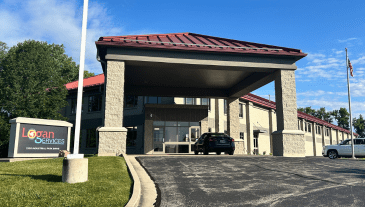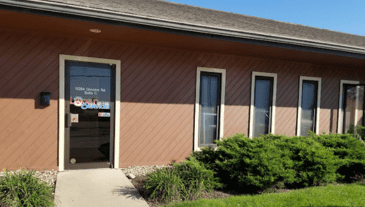Thermostats play a crucial role in our homes, regulating the temperature and ensuring our comfort. But what happens when your thermostat starts acting up? Sometimes, a simple reset can solve the problem.
Understanding Thermostats and their Functions
A thermostat is a crucial component of your HVAC system, regulating temperature and keeping your indoor climate comfortable. The thermostat works by sensing the air temperature and switching the HVAC system on or off to maintain the desired temperature setting.
Request Your Free Estimate with Logan Services!
Our experts are eager to assist you! Use the form below to connect with us.
Why a Thermostat Might Need Resetting
Over time, your thermostat may deviate from its original settings due to power surges, frequent on-off cycles, dust buildup on sensors, low battery power, or changes in ambient conditions. Resetting the thermostat to its factory settings can help resolve issues caused by these factors.
Common Thermostat Issues that Require a Reset
- Misreading Room Temperature: If your thermostat reads the wrong temperature, it won’t kick the HVAC system on at the right times. Resetting can recalibrate the temperature sensor.
- Failure to Turn On HVAC System: A thermostat reset reboots its system and attempts to restart normal functioning. This resolves problems where it fails to turn on your AC, heat, or fan.
- Irregular Cycling of HVAC System: A reset can restore proper cycle times and durations if your system turns on and off frequently or at odd intervals.
Symptoms of a Malfunctioning Thermostat
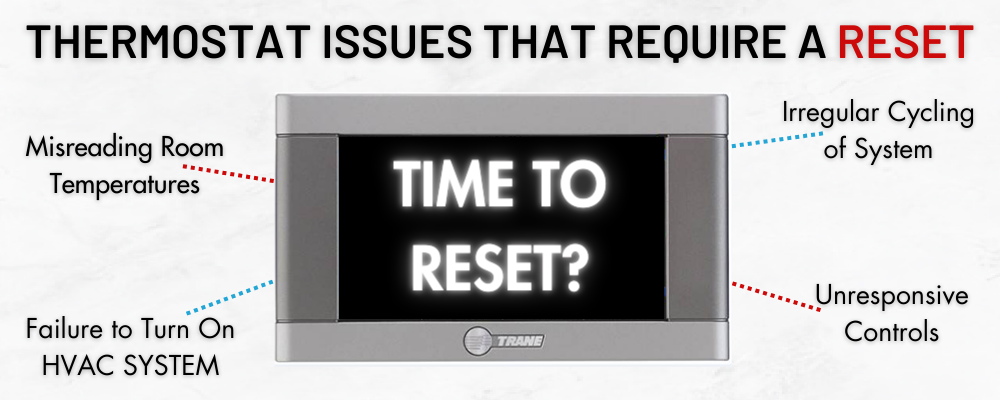
Watch for these signs that your thermostat needs troubleshooting:
- Varying Temperature Readings: The room feels warmer or cooler than the thermostat reading. Resetting can recalibrate an inaccurate sensor.
- Unresponsive Controls: You adjust the temperature, but nothing happens. A reset can get controls working again.
- HVAC Running Non-Stop: The system runs continuously without reaching a set temperature. A reset can restore proper cycle functioning.
Resetting your thermostat is an easy first step in troubleshooting temperature control issues. If problems persist after a reset, you should contact an HVAC technician for additional diagnostics and repairs.
How to Reset a Thermostat
Resetting your thermostat can help resolve issues with temperature regulation and restore proper functioning, but the process varies depending on the type of thermostat. Here’s what to remember when resetting your thermostat.

Resetting Programmable Thermostats
If you have a programmable thermostat, follow these steps:
- Turn off your air conditioning system. Locate the reset button on the thermostat’s circuit board.
- Use a soft bristle brush to gently remove any dust or debris that may have accumulated on the thermostat components.
- Press and hold the reset button for 5-10 seconds until the display goes blank. This clears any customized settings and restores factory defaults.
- Reprogram the thermostat settings like clock, temperature, and schedule. Test the thermostat to ensure it works properly.
Navigating Control Menus for Various Brands
Popular thermostat brands like Honeywell, Nest, and Trane have specific steps to access the reset option in their system menus. Check the manual to locate it.
For example, Trane thermostats require pressing the fan and cool buttons simultaneously for 10 seconds to initiate a reset.
Checking Your User Manual for Specific Instructions
Consult the user manual that came with your thermostat model for tailored step-by-step instructions on the reset process. Follow the directions specific to your unit, and call the manufacturer or an HVAC technician if you run into problems.
Resetting Smart Thermostats
Smart thermostats can reset to factory settings within their settings menu. Access this through the device touchscreen or smartphone app. Resetting smart thermostats restores any customized schedules and often re-establishes Wi-Fi connections.
Resetting Processes Specific to Wi-Fi Devices
For Wi-Fi-enabled thermostats, resetting may involve additional steps beyond reverting settings. After resetting, you may need to reconnect the thermostat to your home Wi-Fi network and update it to the latest firmware. Refer to your model’s manual for guidance.
Tips for Resolving Connection and Software Issues
Upgrading your software to the latest version and verifying you’re within range of your Wi-Fi signal can solve most thermostat connection issues. If problems persist after resetting, contact your manufacturer or a professional HVAC service.
Schedule Your Free In-Home Estimate with Logan Services!
Our team is here to assist you! Simply Fill out the form below.
Essential Care and Guidance for Your Thermostat
Understanding the basics of reset thermostat care is essential for the optimal performance of your HVAC system. In many cases, you may find your air conditioner not working correctly, but a simple push of the reset button can bring things back into order. Reset mode is often activated by holding down a specific button or combination of buttons on your thermostat, returning your system to factory settings.
How to Calibrate Your Thermostat After Reset
After you reset your thermostat, ensure it’s correctly calibrated to maintain the desired temperature level. A poorly calibrated thermostat can waste energy and hinder the efficiency of your HVAC systems, costing you money in the long run. Recalibration is usually straightforward—check your user manual for specific instructions about your model.
Situations that Necessitate Recalibration
There are several scenarios where recalibration becomes necessary. For example, you’ll need to recalibrate if your thermostat is consistently reading the wrong temperature or if you recently had a power outage. Similarly, check the thermostat if you notice your air conditioner is frequently cycling on and off. These situations often require more than a simple reset; reconfiguration should restore it to proper functioning.
Ensure Your Thermostat is Reading the Correct Temperature
Verifying your thermostat’s accuracy ensures that your AC unit maintains optimal efficiency. Use a separate thermometer to cross-check the thermostat reading. If there’s a discrepancy, recalibration or reset may be required. If a thermostat continually needs resetting, it may signal a more complex issue with your HVAC system.
Practicing Thermostat Maintenance
Regular Maintenance and Understanding Common Issues
Regular maintenance of your AC unit includes light cleaning with a soft bristle brush to remove dust or debris that can affect the accuracy of your thermostat. Use a light touch to avoid damaging any sensitive components. It’s also essential to understand when a problem lies beyond the thermostat—such as a tripped circuit breaker—and requires a professional inspection.
Routine checks not only prevent the need for frequent resetting of the thermostat but also increase the longevity of your device. The more familiar you become with your AC unit and HVAC system, the easier it will be to recognize when something is off. It’s far better—and often cheaper—to catch a minor issue before it escalates.
Each thermostat model has its unique set of error codes and solutions. Some issues may be as elementary as needing new batteries, while others may demand professional intervention. Understanding these errors will equip you to decipher when to activate reset mode and when to seek assistance.
When to Consider Replacement
While regular care and maintenance can extend the life of your thermostat, there comes a point where replacement becomes more cost-effective than repair. A smart thermostat or low-voltage electronic thermostat is an upgrade worth considering as it offers more accurate readings and streamlined control and can aid in reducing energy costs.
Upgrading to a newer model like a smart AC controller can remarkably improve your home’s energy efficiency and save money. They offer functionality such as remote adjustment, learning schedules, and energy usage reports. However, the initial purchase and installation cost may be higher, and they require a solid Wi-Fi connection for advanced features. If you’re unsure what thermostat is right for you, consult an HVAC professional.
Request Your Free Estimate with Logan Services Now!
Our experts are eager to assist you! Use the form below to connect with us.
Look to Logan Services A/C, Heat & Plumbing for Your HVAC Needs
Whether you need help troubleshooting your thermostat or you need other HVAC services, look to the team at Logan Services. We are a family-owned and operated HVAC business specializing in the installation, maintenance, and repair of heating and cooling systems. Our technicians and installers are all thoroughly trained to offer quality workmanship and professionalism. Whenever we do work in your house, we are organized, efficient, and always here to answer questions. If you need to purchase a new AC or heating unit, our install managers have years of experience offering support throughout the process.
Logan Services is proud to be part of the Ohio community, offering outstanding HVAC services. Contact us today to let us know how we can help you.
Frequently Asked Questions
How do I fix my thermostat if it’s not working?
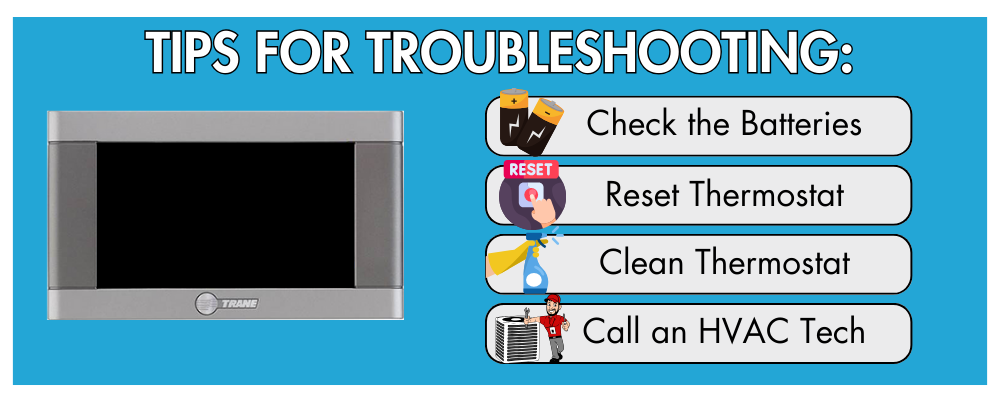
Here are some tips for troubleshooting and fixing a thermostat that is not working properly:
- Check the batteries: Thermostats with low battery power can cause erratic operation or failure. Replace batteries if needed.
- Reset the thermostat: Reset the thermostat to factory default settings. This can resolve software glitches and recalibrate sensors.
- Clean thermostat: Dust or debris on the temperature sensor can affect reading accuracy. Gently clean with a soft brush.
- Call an HVAC technician: For complex thermostat problems, it’s best to have a professional troubleshoot and identify any underlying system issues.
What if I don’t know how to reset my thermostat?
If you’re unsure how to reset your thermostat, you can contact the manufacturer or an HVAC technician. It’s best to seek professional help instead of trying to fix the issue yourself if you’re unfamiliar with the system.

